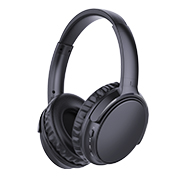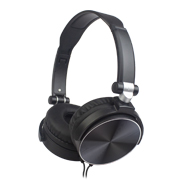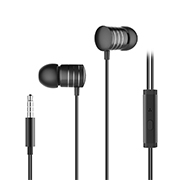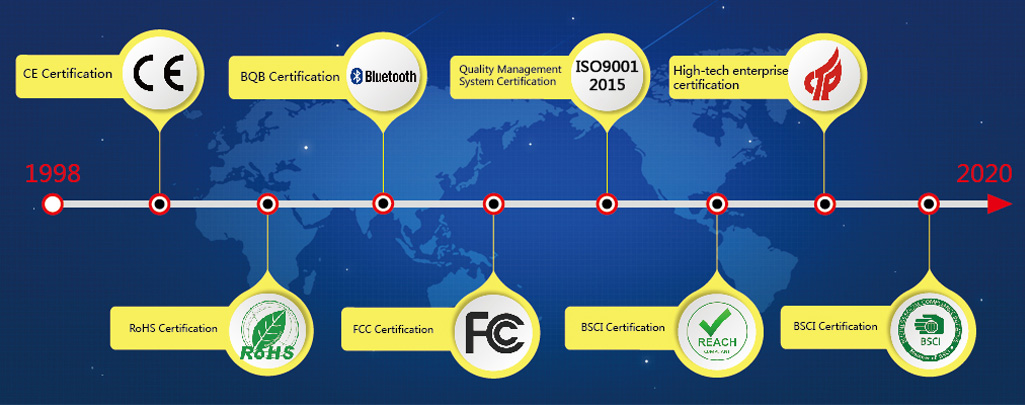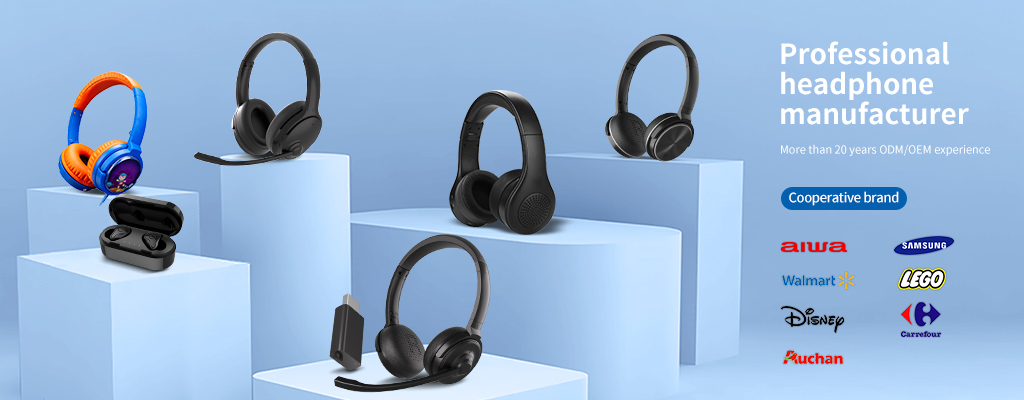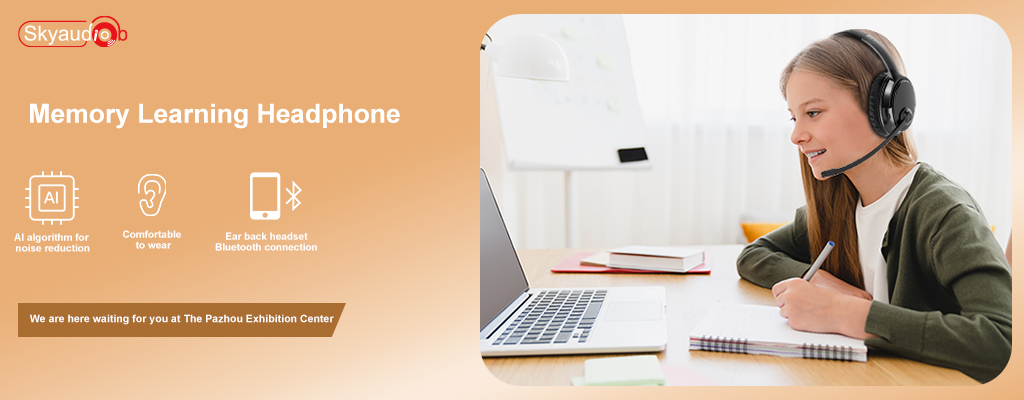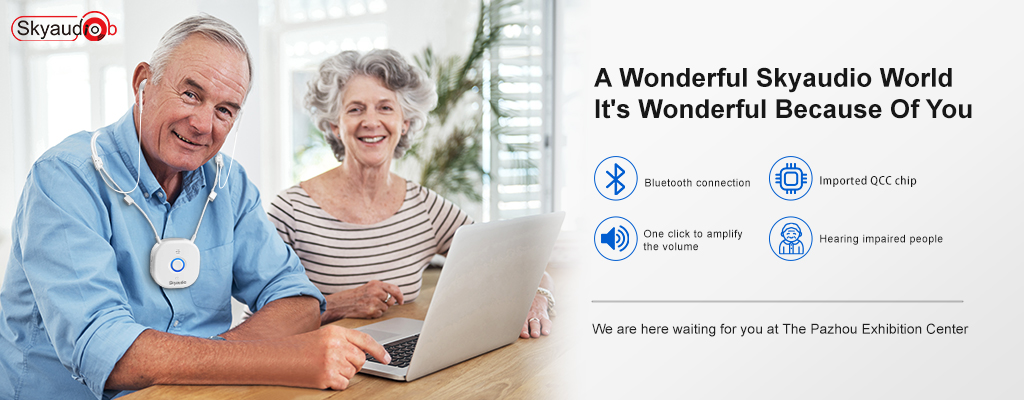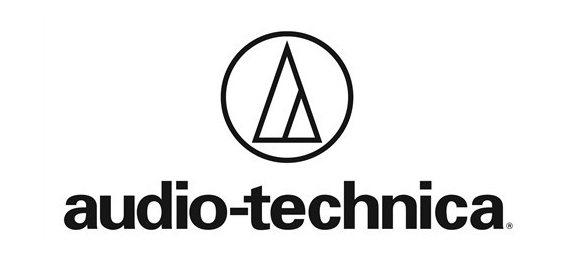
- factory address
D Building,Pioneer Park,3rd Industrial Zone Fenghuang Village, Fuyong Town,Baoan DistrictShenzhen,Guangdong,China
How to pick between the iPhone X and iPhone 8
Apple introduced three brand new iPhones. Three! They include the iPhone 8 and 8 Plus, which have faster processors and better cameras than last year’s iPhone 7 — and now you can charge them wirelessly. And then there’s the iPhone X, a $1,000 smartphone that Apple is basically trying to market as a gadget from the future that arrived a little early. It’s the first iPhone ever to have an OLED screen, and even better, that stunning display basically runs edge to edge. iPhone X comes with other radical changes like the removal of the home button in favor of a new feature Apple is calling Face ID, which scans your face to unlock your iPhone instead of the traditional Touch ID method still used on the iPhone 8 and 8 Plus.
So since there are three new iPhones arriving (almost) at once, you’ve probably been putting some thought into which is the best choice. For the purpose of this article, let’s go into it from the perspective of someone dead set on buying a new iPhone within the next couple months. You’ve ruled out the Pixel 2s and Note 8s of the world and have decided on Apple. Well, where do you go from there?
Why you might want to buy the iPhone 8:
The iPhone 8 is the first iPhone to support wireless charging. Apple
changed up the iPhone’s looks a bit this year with a glass back instead
of just making the whole thing aluminum. So you’ll be able to plop the
iPhone 8 down onto any Qi-compatible wireless charger and it’ll start
juicing up. Many of the places where you’d find wireless chargers (like
Starbucks and inside some newer cars) already support the same Qi
technology as the iPhone, so it’ll just work.
It has the same powerful A11 Bionic processor as the iPhone X. That
sounds like something from a Mission: Impossible movie, but all you
really need to know is that it’s the fastest chip that Apple has ever
put in an iPhone — and the iPhone 7 already felt plenty fast. This new
chip is also optimized for all the cool augmented reality tricks that
you might’ve seen demos of. Soon, those will make their way to actual
apps and games in the App Store. All recent iPhones can do AR, but Apple
claims the 8 and X have been “optimized” for it.
You get the same primary camera as what’s in both the iPhone 8 Plus and
iPhone X. The 12-megapixel f/1.8 camera has a “larger and faster” sensor
than the iPhone 7, says Apple, so if all you care about is having one
good camera, this should be excellent. It’s got optical image
stabilization and can record 4K video at 24, 30, or 60FPS — just like
the other new phones.
The display supports Apple’s True Tone feature, which adjusts the
screen’s appearance and color temperature so that it always looks
pleasant and less blue / harsh to your eyes in a variety of lighting
environments.
Unlike the iPhone 8 Plus, the regular iPhone 8 is still relatively easy
to use in one hand. The iPhone X should be too, but it’s also hundreds
of dollars more expensive.
iPhone 7 cases still fit.
Why you might not:
It’s only got the one rear camera, so you lose out on Apple’s
Portrait mode and the new Portrait Lighting feature, which can change
the lighting of a subject’s face in your shot.
The 4.7-inch screen is smaller and lower-res (1334x750) than the iPhone 8
Plus and iPhone X. If you like things to look big on your screen and
get lost in YouTube videos or your Instagram feed, the iPhone 8’s
display might not be ideal.
It has the smallest battery of the three new iPhones. Apple has promised
users will experience “about the same” battery life as the iPhone 7, so
you might find yourself buying a battery case.
Why you might want to buy the iPhone 8 Plus:
Aside from their different displays and dimensions/weight — and those
are important — the iPhone 8 Plus offers pretty much every single major
new feature that the pricier $1,000 iPhone X does. It’s got the
processor. It’s got the wireless charging. It’s got dual cameras on the
back and can do the same new Portrait Lighting effects as the iPhone X.
The 5.5-inch LCD screen has True Tone.
It has the familiarity of a home button and the versatility of Touch ID.
Maybe you’re not convinced the iPhone X’s gestures and virtual home bar
are really an upgrade. Plus, sometimes people just want to unlock their
phone without having to look directly at it.
It has the best battery life of all three new models.
iPhone 7 Plus cases still fit.
Why you might not:
This thing feels like a “Plus” phone more than ever before when
compared to the all-screen competition from Samsung, LG, Essential, and
now Apple’s top-tier iPhone X. Other smartphone designs are getting more
efficient, but the iPhone 8 Plus remains just as unwieldy as its three
predecessors.
Although the 5.5-inch 1080p LCD has superb color accuracy, it’s not
going to be as vibrant or eye-catching as the iPhone X’s new OLED
screen.
It’s not really all that much cheaper than the iPhone X. If you get a
256GB iPhone 8 Plus, you’re already inching very close to that $1,000
mark.
Why you might want to buy the iPhone X:
Visually, it’s Apple’s most impressive and futuristic iPhone design
ever thanks to the 5.8-inch edge-to-edge OLED screen on the front and
its stainless steel frame.
It’s a big screen in a small overall form factor. The iPhone X measures a
bit bigger than the iPhone 8, but it’s nowhere near the dimensions of
the iPhone 8 Plus. It should be fairly comfortable to use in one hand.
And in that hand is pretty much all display.
The OLED screen has better contrast than the displays on iPhone 8 and 8 Plus, and it supports HDR video.
You can unlock your phone with your face. If you like being the first to
try Apple’s latest technology, Face ID is the biggest adjustment that
iPhone users will have to make in years.
Animoji and Portrait mode on the selfie camera. All of the sensors that
make Face ID possible are also used for Animoji, which are moving emoji
that mimic your facial expressions, and allow you to take portrait shots
with blurred backgrounds (and Portrait Lighting) using the front-facing
camera. Other iPhones can’t do that.
The telephoto portrait lens on the iPhone X’s dual-camera has a better aperture than the iPhone 8 Plus. (f/2.4 vs. f/2.8).
Both rear cameras have optical image stabilization, which should allow
you to use the telephoto lens in darker conditions. On the iPhone 8
Plus, only the primary camera does.
Why you might not:
It’s the most expensive iPhone ever.
There’s no home button or Touch ID. Unlocking your phone requires
looking directly at it. Every time. Unless you want to go old school
with the passcode.
Apple’s gestures for going back to the home screen and multitasking look
somewhat awkward in early examples and demonstrations. At the most
basic level, they’re definitely not as simple as just hitting a button
with your thumb.
The notch that houses the front-facing camera and other sensors. It’s
just kind of there all the time, and Apple is embracing that. That
should be perfectly fine in apps, but the notch is likely to obscure
content from time to time. We’ve already seen that it sticks out into
videos if you play them full-screen in landscape orientation. Are you
the kind of person who can ignore that? I’m not sure I am.
AppleCare+ is more expensive than for previous iPhones.
It doesn’t come out until November.
What do all three new iPhone models have in common?
Same processor: A11 Bionic
Same primary 12-megapixel camera
Same 7-megapixel selfie camera
Same video recording capabilities: 4K at 60, 30, and 24FPS. 1080p slo-mo at 240FPS
Wireless charging
“The hardest glass ever in a smartphone, front and back.”
IP67 water and dust resistance
Same maximum screen brightness
3D Touch
Fast charging
64GB or 256GB storage options
So if you’re already set on getting one of these new iPhones, for me it
would come down to the iPhone 8 Plus and iPhone X. The iPhone 8 is a
little too small for my big hands, and I need a larger screen. Picking
an ultimate winner between those two might come down to the wire before
preorders for the former kick off early Friday morning. The iPhone X’s
OLED screen is beautiful, but a home button and Touch ID still feel
somewhat critical to me — at least until I’ve handled the X firsthand
and can judge the gestures and face recognition myself. The release date
of iPhone 8 / 8 Plus and iPhone X are far enough apart that if you
start off with one of the 8s and come to regret it, you’ve still got
enough time to return it and hold out for the X.
Shame that Apple didn’t just put the home button and Touch ID on the back of the iPhone X, though. That would’ve been just about perfect.


